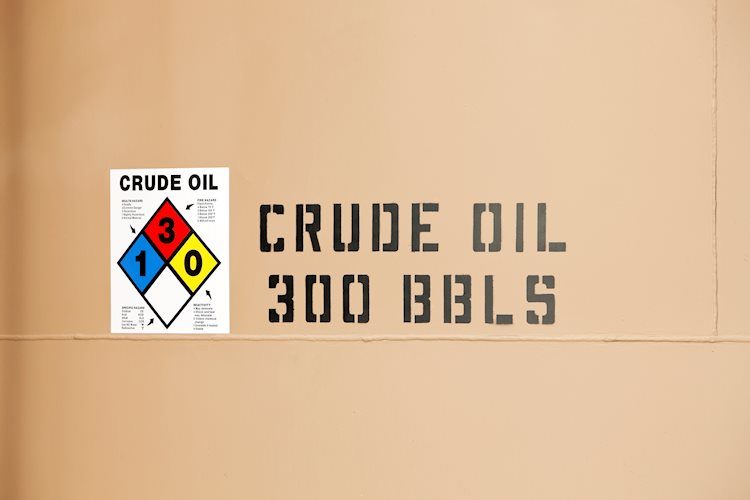Despite concerns about a potential wider Middle East war that could impact oil flows, other factors are currently putting the crude oil market at risk of a sharp correction. China’s stimulus disappointment and OPEC+ producer plans to increase barrels in the coming months could lead to a pending surplus in early-2025. This surplus, driven by lackluster global demand and increased supply, may cause crude oil prices to trade significantly lower than current levels, according to TDS’ Head of Commodity Strategy Bart Melek.
The current OPEC+ production cuts may soon become ineffective in balancing the market. With member overproduction and the extension of the production suppression regime, the market is at risk of drifting into a $50-60/b range. Non-OPEC+ production is expected to increase by 1.5m b/d, while demand is growing by just under one million b/d. In order to prevent a drop in prices, some 500k b/d reduction from current production levels is necessary to maintain a rough market balance. Compliance with production quotas and delaying the unwind of production cuts may be crucial in preventing further imbalance.
In the event of a broader Middle East conflict that disrupts oil supplies from the region, OPEC+ production cuts may not be needed. Potential disruptions in tanker traffic through the Straits of Hormuz and flows from Gulf States could result in shortages and cause prices to soar. If oil supplies from the region are interrupted due to military attacks, prices could hit triple digits for an extended period, making production cuts unnecessary to support market balance.
Overall, the combination of factors such as China’s stimulus disappointment, OPEC+ producer plans, and potential Middle East conflict risk could lead to a significant correction in the crude oil market. While the current production cuts by OPEC+ may not be enough to maintain market balance, compliance with quotas and delaying the unwind of cuts could be necessary to prevent a drop in prices. However, the risk of a broader conflict in the Middle East could render production cuts unnecessary, as disruptions in oil supplies could lead to shortages and price spikes.
It is crucial for market participants to closely monitor global demand, supply growth, and geopolitical developments in the Middle East to assess the potential impact on crude oil prices. The uncertainty surrounding the market outlook underscores the need for proactive measures to mitigate risks and ensure stability in the oil market. Additionally, a coordinated effort by OPEC+ members to adjust production levels in response to changing market dynamics may be necessary to prevent extreme price fluctuations and foster a more sustainable energy market environment. By staying informed and adaptable, stakeholders can navigate the complexities of the oil market and make informed decisions to protect their interests in an evolving global economy.









